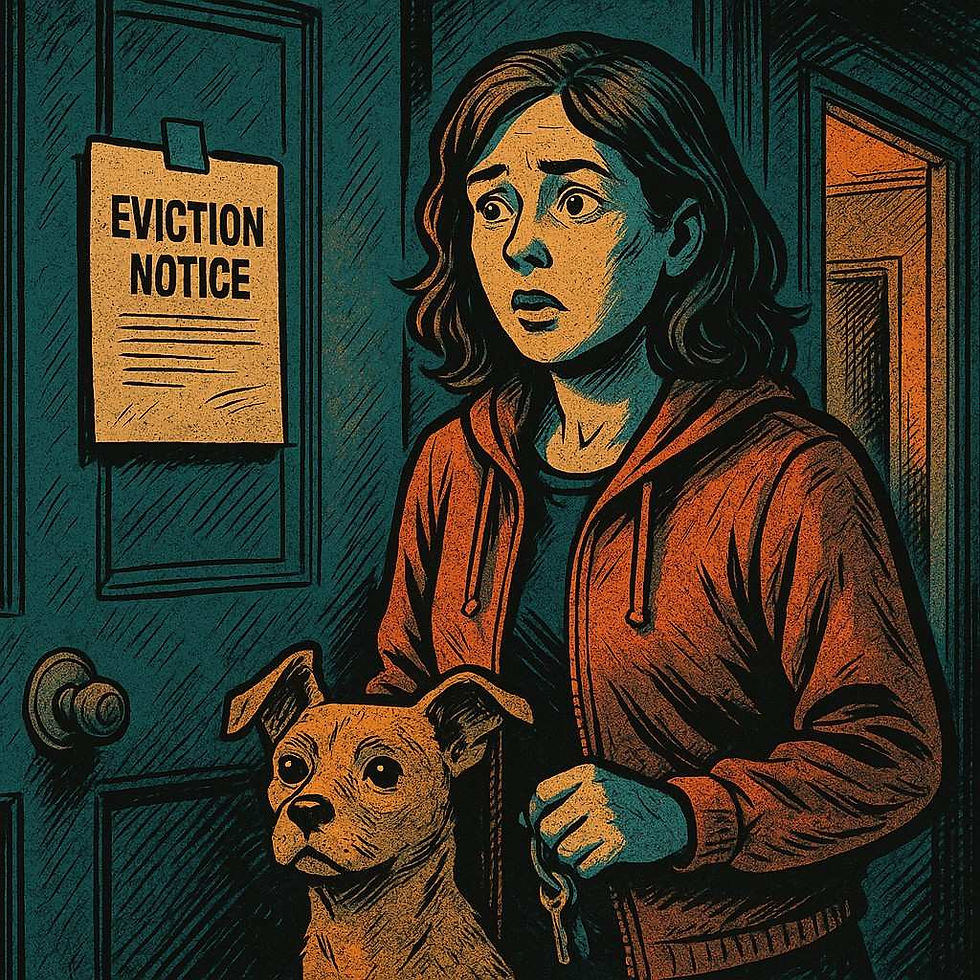Smart Home Abuse in Vancouver? How Technology is Being Weaponised Against Women
- Cindy Peterson

- Oct 30
- 3 min read
Updated: Nov 5

You ask your Amazon Alexa or Google Nest to play music while you unwind in the evening. Suddenly, the TV volume drops on its own, the doors lock, and the lights turn off. For a moment, you wonder if it was a glitch, or was it him telling me I should go to bed?
Across Canada, experts and anti-violence organizations warn that smart home abuse Vancouver cases are growing as technology designed for comfort is being used for control. In British Columbia, this trend is part of what advocates call technology-facilitated gender-based violence.
Smart Home Abuse in Vancouver Is Not Fantasy
Digital coercive control uses everyday technology to create fear or dependence. It can involve constant tracking, impersonation online, or manipulating smart devices like lights, locks, or thermostats.
In one B.C. case reported by the Canadian Press, a former partner remotely controlled a woman’s smart home, changing temperatures and unlocking doors from afar. The B.C. Society of Transition Houses surveyed anti-violence programs and found that 89 per cent had worked with women facing some form of tech-facilitated abuse.
How Control Happens Through Digital Access
Many victims do not realise how much access a partner has until something strange happens, such as a camera turning on by itself or a device that stops responding. These moments often seem like glitches but can be part of a pattern of control.
Technology gives abusers round-the-clock presence without being in the room. Through shared accounts or administrative privileges, they can manipulate devices remotely, review activity logs, or even speak through connected speakers. The goal is not always data theft. It is often about power.
Legal Gaps & Current Protections in Canada
Canada’s Criminal Code covers harassment and intimidation but does not yet recognise coercive control as a specific offence. A private member’s bill, C-332, was referred to a Senate committee in December 2024 and has not yet passed into law.
In B.C., protection orders under the Family Law Act can include digital restrictions, but lawyers say these clauses are rarely used. Victims often need to collect app data or screenshots to prove digital interference. Advocates argue that the law must evolve to address the ongoing nature of smart home abuse rather than treating it as isolated incidents.
How to Secure Smart Devices and Take Back Control
Awareness is the first defence. Review every account connected to your smart devices and change passwords. Turn on two-factor authentication and remove shared or “family” users after separation.
If you suspect someone still has control, reset devices to factory settings and check your Wi-Fi network for unfamiliar connections. Document any suspicious activity before deleting evidence. National guides such as TechSafety.ca explain how to do this safely and without alerting an abuser.
Local Help for People Facing Tech Abuse
In Vancouver, several organizations can help. Battered Women’s Support Services operates a confidential intake line at 604-687-1867 and a toll-free option at 1-855-687-1868. VictimLink BC offers 24-hour multilingual support at 1-800-563-0808.
Both can assist with safety planning, legal information, and digital-security steps. Even if you are unsure whether what is happening counts as abuse, you can ask these services for guidance.
A Legal System Struggling to Catch Up
Reports of smart home abuse are rising faster than the laws that address them. Victims who go to police say they are often told to unplug devices or move out, as if digital control is a minor inconvenience rather than harassment.
Advocates argue that this lack of recognition puts women at greater risk. Until coercive control becomes a recognised offence and police learn to treat digital abuse as a threat, the gap between the law and real life will keep growing.
A New Form of Power and Control
Technology may be neutral, but its misuse is not. Smart home abuse mirrors the same power dynamics that exist in many abusive relationships, where one person slowly removes another’s sense of control.
Women are the most frequent targets, according to Canadian anti-violence organizations. What begins as convenience, such as shared passwords or app access, can quietly become surveillance, showing how quickly trust can turn into control.
Smart Doesn’t Always Mean Safe
Smart technology can still make life easier when you control it. If devices act on their own or settings change without reason, document what happens and seek support.
In a connected city like Vancouver, safety now means understanding how your technology works and who can access it. Staying aware today could prevent someone else from holding the controls tomorrow.



Comments